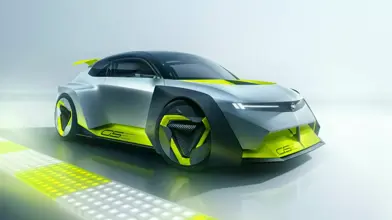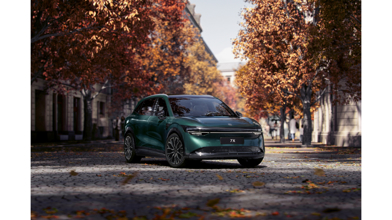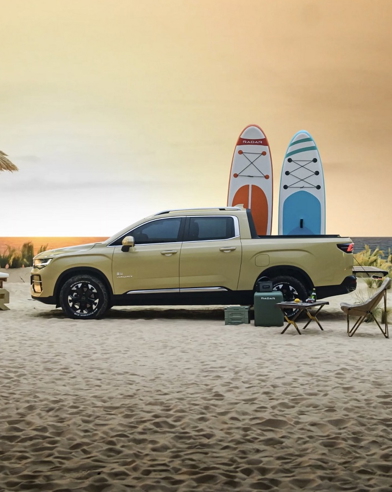Earlier this year, Kim Jong-un turned up to some very important international meetings in a fleet of armoured Mercedes-Benz cars, which raised a lot of questions. These questions were raised because there is a strict ban on luxury goods entering North Korea, which was sanctioned by the United Nations.
When asked about the cars, Daimler revealed that they had no idea how the cars came to be in the dictator's possession, so The New York Times launched a comprehensive investigation into the mystery.
This investigation started in the Dutch city of Rotterdam, at the port. Two armoured Mercedes-Benz models were loaded onto a ship at the port, before being shipped off to China. After spending a total of 41 days at sea, these vehicles arrived in China, but when then swiftly loaded onto another ship bound for Japan.
After reaching Japan, the same process happened again, and the cars were loaded onto another vessel that was headed to South Korea.
Upon reaching the South Korean port, the two vehicles were loaded onto a Russian "ghost ship" which set sail immediately. To stay off the grid, this ship turned off all the mandatory tracking devices on board, and was missing for 18 days until it arrived at the Russian city of Vladivostok.
Vladivostok port didn't disclose what happened with the sedans after arriving there, but a little flight tracking proved to be the missing piece of the puzzle.
The same day that the cars arrived in Russia, three transport planes reportedly flew over from North Korea, with the intent of picking the cars up. According to The New York times, these were exactly the same planes that Kim uses to transport his vehicles outside of North Korea.
Four months after this, the same Mercedes-Benz models were seen driving through Pyongyang, before stopping at the headquarters of the Workers' Party of Korea.
While it is a complex route, this investigation gives a glimpse into how Kim dodges the U.N sanctions and imports other goods into the country.




